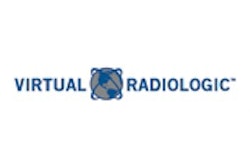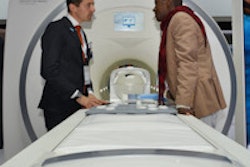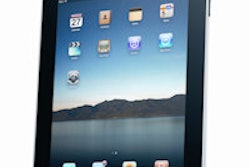Teleradiology services provider Virtual Radiologic (vRad) reports in a new white paper that only 13% of Internet images depicting radiologists are accurate.
The firm analyzed the top 100 images for the keyword "radiologist" from Google and Bing, then compared the results with publicly available radiology benchmarks to determine appropriateness based on the following:
- Representation (physician, technologist, other)
- Gender
- Minority status (yes/no)
- Viewing technology (digital-PACS/analog-lightbox/natural light)
- Modality mix (x-ray/CT/MR/other)
- Room light status (on/off)
- Stethoscope status (wearing/not wearing)
- Image appropriateness (yes/no)
The firm found only 13% of the top 100 images on each search engine show radiologists doing their jobs accurately as radiology is practiced in the U.S. It presented the findings in a white paper, titled "Radiologists Read With the Lights On: Searching for Insight, a Visual Analytics Study of Radiology Imagery in the Media." Along with the white paper, vRad developed a short video to illustrate misperceptions of radiologists based on inaccurate search engine images -- as humorously seen through the eyes of a child.
vRad wanted to see if the lack of radiologists' visibility and understanding was reflected and reinforced in search engines, because they are one of the first places people go for health-related information and research.
From the analysis, online images in Google and Bing understate how much radiology is an innovation-driven specialty, vRad said. Current images help perpetuate inaccurate perceptions of radiologists and downplay the importance that radiology contributes to patient care, considering that nearly half of all emergency room visits involve a radiological exam, the firm added.
Other findings include the following:
Of the top 100 images on Google and Bing, 30% show radiologists wearing stethoscopes -- even while reading. As a doctor's doctor -- with little patient contact -- this misrepresents the reality of radiology, especially when considering teleradiology.
More than 60% of Google images show radiologists reading with the "lights on," defined as the use of fluorescent, direct sunlight or nonambient lighting in the reading area. The majority of reading room environments found on search engines depicts lighting environments associated with a decreased quality of interpretations, which could negatively affect patient care.



















